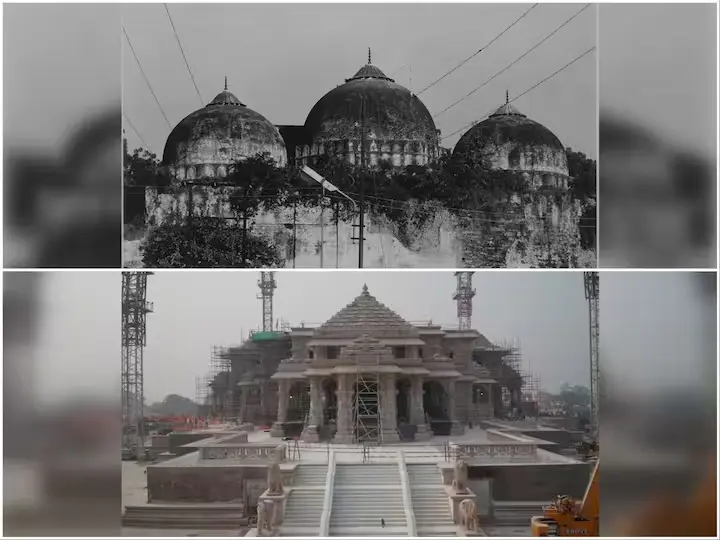
In the heart of India, where the River Saryu whispers ancient tales of faith and conflict, a new temple stands in Ayodhya; a city steeped in myth and now a stark symbol of India’s deepening religious divide. For centuries, Ayodhya has been a sacred space for Hindus, believed to be the birthplace of Lord Rama, the divine prince of the epic Ramayana.
Yet, nestled within its folds was another story, etched in the stones of the Babri Masjid. This mosque, built over 450 years ago, stood as a testament to the rich mosaic of faiths that have woven India’s history. Muslims, too, found solace in Ayodhya; their prayers rising alongside the temple bells, their stories intertwined with the city’s soul.
On January 22, 2024, the inauguration of the Ram Mandir in Ayodhya reverberated across India, marking the culmination of a bitter, decades-long saga. While for some, it heralded a triumph of faith. For others, it resonated as a painful echo of discord and an ominous portent for the future of India’s pluralistic fabric.
It was on this very soil, in 1992, that the Babri Masjid stood; its demolition serving as a brutal reminder of the fragility of interfaith harmony in India.
Ayodhya, situated in the lap of Uttar Pradesh, has long been a crossroads of history and belief. Muslims have lived in Ayodhya for centuries, with the Babri Masjid standing as a testament to their shared history with the land. This delicate tapestry of faith, however, was ripped apart in the tumultuous events of 1992, driven by the rising tide of Hindu nationalism championed by the Rashtriya Swayamsevak Sangh (RSS) and its political offspring, the Bharatiya Janata Party (BJP).
The destruction of the Babri Masjid wasn’t merely a physical act; it was a symbolic demolition of India’s secular ethos. It unleashed a wave of communal violence across the country, leaving hundreds dead and thousands displaced. The Supreme Court’s 2019 verdict awarding the disputed land to Hindus, while ostensibly resolving the legal matter, deepened the religious divide. The celebration of the Ram Mandir’s inauguration, amidst a climate of forced evictions and exclusion of Muslim voices, only amplifies the anxieties of India’s minorities.

At the heart of this disquiet lies Hindutva, a political ideology rooted in the supremacist notion of a Hindu nation, where minorities are at best tolerated guests, and at worst, potential threats. Driven by the RSS and its affiliates, Hindutva seeks to homogenize India’s diverse and vibrant religious landscape, marginalizing Christians, Muslims, and other minority groups. This is evident in the Citizenship Amendment Act, the National Register of Citizens, and the growing saffronization of education and institutions.
This systematic exclusion and othering are not mere academic concerns; they translate into lived experiences of discrimination and violence. From cow vigilantism and targeted attacks on Christian churches to hate speech and demonization of Muslims, the everyday reality for many Indian minorities is marked by fear and uncertainty. The hijab ban in Karnataka, justified under the cloak of secularism, further exposes the hypocrisy and weaponization of this concept to subjugate minorities.
India’s descent into Hindu chauvinism is not solely an internal tragedy; it has global ramifications.
As the world’s largest democracy and a vibrant multicultural society, India’s trajectory towards religious intolerance sets a dangerous precedent for other nations grappling with similar tensions. Its embrace of Hindutva extremism weakens its claim of being a bastion of democracy and pluralism.

The Ram Mandir inauguration, therefore, transcends the confines of a religious ceremony. It serves as a reminder of the precariousness of interfaith harmony and the alarming rise of Hindutva ideology that seeks to dismantle the very foundations of India’s democratic ideals.
Whether the nation chooses the path of inclusivity and respect for all faiths or succumbs to the siren song of a supremacist ideology remains to be seen. The international community must not remain a silent spectator. Calling out India’s jingoism and raising awareness about the plight of its minorities is not interference; it is a moral imperative in a world striving towards inclusivity and tolerance.



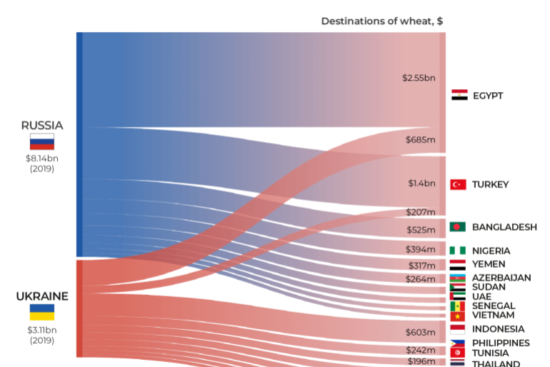

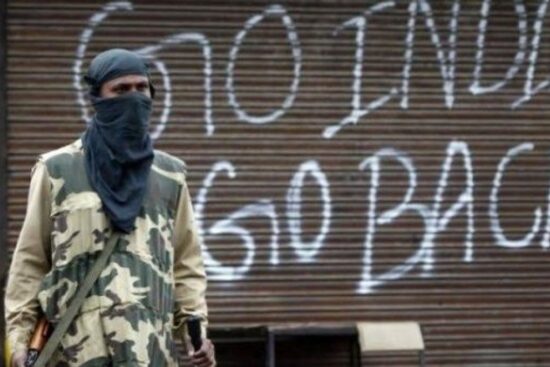
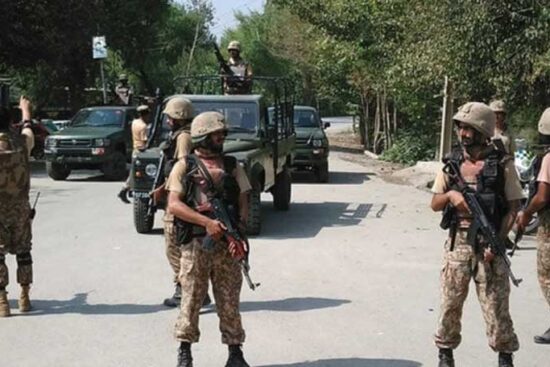

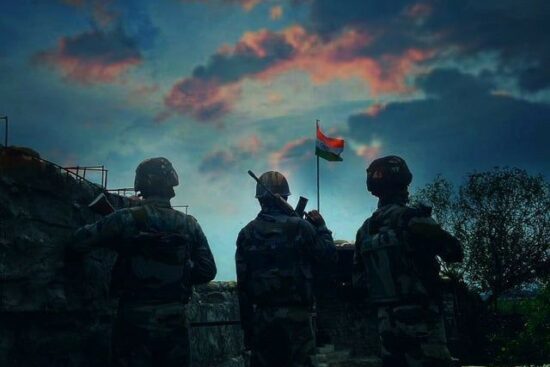








Leave a Reply